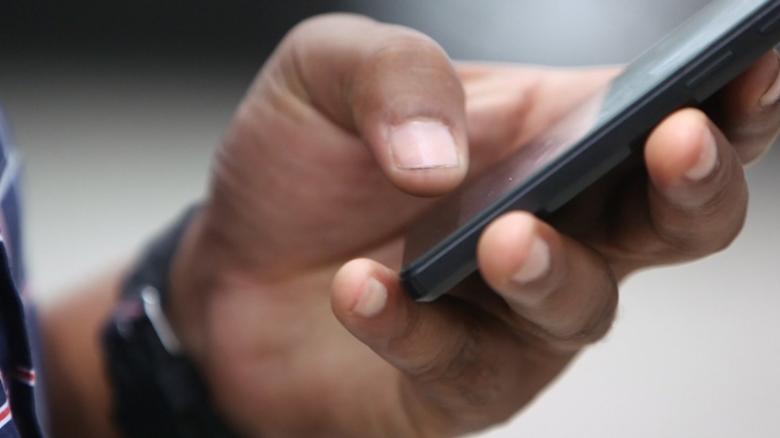The first claim that the coronavirus is mutating is actually true, and it's perfectly fine! Before you rage-close your browser, hear us out. We get that the word "mutation" is bandied about in popular culture to denote a dramatic and fundamental change in a living being. After all, mutation-inducing toxic waste in the sewers of New York City transformed benign adolescent reptiles into
crime-fighting teenage turtles. However, fictional portrayals of mutation are simply that: fictional. The effects of mutation in real life are nuanced and generally innocuous. Using the idea of mutation to incite fear is harmful, especially in the midst of an epidemic like Covid-19.
A particularly fraught question during epidemics is whether the causative pathogen will mutate to become more dangerous. This is the wrong question. Mutation is a
mundane aspect of existence for many viruses, and the novel coronavirus is no exception. The genetic material of the virus is RNA, not DNA like in humans. Unlike with human DNA, when viruses copy their genetic material, it does not proofread its work.
Because RNA viruses essentially operate without a spell-check, they often make mistakes. These "mistakes" are mutations, and viruses mutate rapidly compared to other organisms. While this might sound frightening, mistakes during replication usually produce changes that are neutral or even harmful to the newly generated virus. Neutral mutations, which neither improve nor hinder viruses' survival, may continue to circulate without any noticeable change in the people they infect. Mutations that are harmful to the viruses are less likely to survive and are eliminated through natural selection.
Fortunately, when mutations occur that help a virus spread or survive better, they are unlikely to make a difference in the course of an outbreak. Viral traits such as infectiousness and disease severity are controlled by multiple genes, and each of those genes may affect the virus' ability to spread in multiple ways. For example, a virus that causes severe symptoms may be less likely to be transmitted if infected people are sick enough to stay in bed. As such, these traits are like blocks in a Rubik's cube; a change in one characteristic will change another. The chances of a virus navigating these complex series of trade-offs to become more severe during the short timescale of an outbreak are extremely low.
Still, a common perception is that the continuous acquisition of mutations will cause our future coronavirus vaccines to be ineffective. While virus evolution may confer vaccine resistance, this process often takes many years for the right mutations to accumulate. Many vaccines to RNA viruses, such as yellow fever, measles, and mumps, were developed throughout the 1930s-70s and are all still highly effective. And those viruses mutate at rates as fast or faster than coronaviruses. In fact, the
two proposed "S" and "L" coronavirus strains only differ by two mutations and are 99.993% identical. It's extremely likely that any vaccine designed for one coronavirus will be protective against the other. The reason we need an annual influenza vaccine has more to do with how that virus reshuffles its genome than how it mutates.
To be sure, some virus mutations are actually quite important. There was likely a series of mutations throughout the evolutionary history of the epidemic coronavirus that allowed a virus that infected bats to make the jump into humans. Likewise, specific mutations in a key HIV protein are believed to have allowed the virus to spread from chimpanzees into humans. During the recent Ebola epidemic in West Africa, a mutation may have helped the virus better infect human cells. However, definitively connecting mutations to outcomes that may impact public health requires rigorous experimental and epidemiological investigations that aren't feasible during a fast-moving outbreak. Within this timeframe, scientists can only speculate about the effect of mutations. Preliminary conclusions should not be misconstrued as fact or detract from larger conversations around developing an effective public health response.
For these reasons, making sweeping claims about the nature of a virus during an outbreak can prove baseless and dangerous. A
high-profile and highly controversial study in Science suggested that a specific Zika virus mutation was responsible for microcephaly in newborns. When a Zika outbreak was detected in India in 2018, the government proclaimed that since the circulating virus did not contain the "microcephaly mutation" it was
not harmful to fetuses. This public misperception about a single virus mutation during an outbreak may have driven complacency among pregnant women towards Zika, though this effect is difficult to quantify. Perhaps the claim that the novel coronavirus mutated into a more aggressive form is primarily academic, but repeated speculations could negatively influence public health policy. Epidemics of misinformation may turn out to be as costly as the disease.
Instead of fearing unlikely outcomes, we should focus on developing an effective response to the Covid-19 epidemic. Clear and transparent communication from scientists and government officials will be paramount in preserving the public's trust and encouraging cooperation with public health recommendations. Policies must consider
vulnerable populations, such as the elderly, who are at an increased risk of death and severe disease. Improving health care infrastructure, especially in low-resource communities, will enable timely and equitable diagnostic testing within communities. In the US, coronavirus spread may have been mitigated if local testing was supported long ago. Hopefully this teaches us a lesson that we need to become better prepared for epidemics, because clearly we are not. Thus, rather than fearing mutations, let's focus on implementing policies that lessen the spread of the virus and provide care for those who need it.









